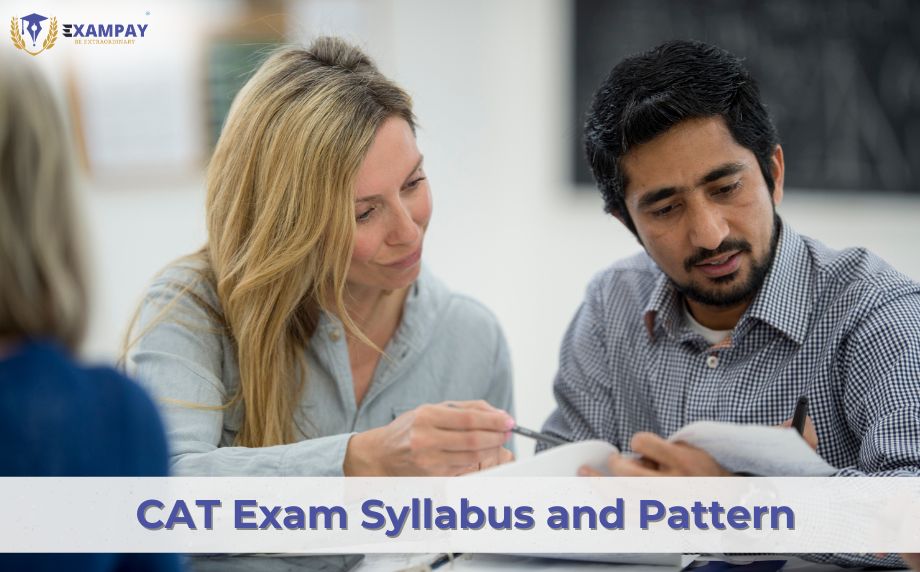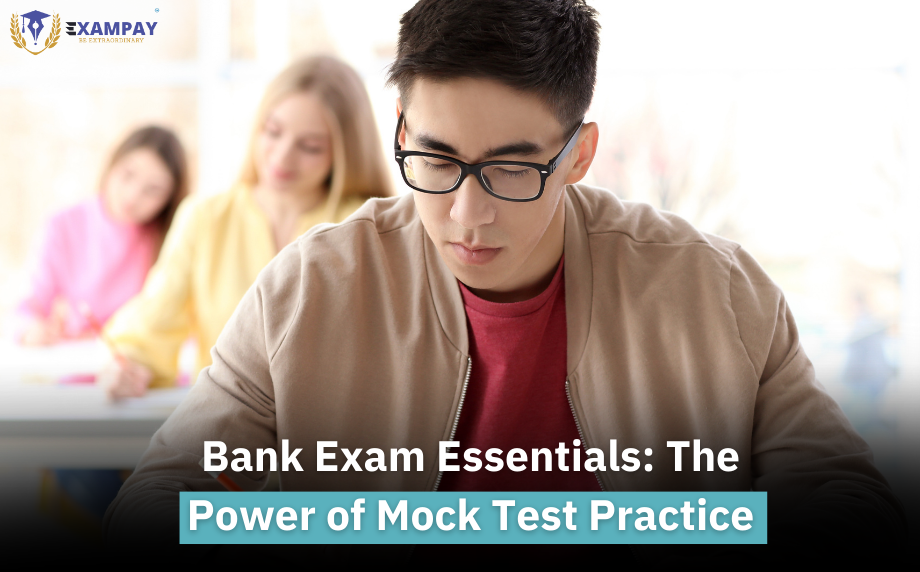Do you want to start preparing for the CAT exam? Then you have come to the right place for exam preparation and understanding. Exampay will provide the full CAT exam Syllabus and Pattern to help you get the best knowledge about the CAT exam and help you with course structure and exam pattern. Let’s start.
What is the CAT exam?
Firstly, you should know the basics of the CAT exam and what it is all about. So, what is the CAT exam? Here, CAT means Common Admission Test. This is an entrance-level examination for competitive levels. This test is conducted by IIMs or the Indian Institute of Management. This test is conducted every year on an ongoing rotational basis. This is a business course that will help you join the many courses on offer at the Indian Institute of Management.
CAT Exam Syllabus and Pattern
Now, you know what is CAT entrance test is for studying in IIMs. But, what is the Exam Syllabus, and how to know the exam syllabus. Also, it’s important to understand the CAT exam pattern and how to study for the exam. If you want to know the pattern then we will explain it fully.
CAT exam
The CAT exam is required to enter the IIMs for Post Graduate Degree in Business and other courses.
Details Related to Common Admission Test
Eligibility Criteria
50% marks in Bachelor’s degree or CGPA equivalent to it (45% marks required for ST/SC or PWD candidates)
Students in their final year of Graduation are eligible for applying in CAT.
Exam Structure
Duration of Examination – 120 minutes
No of sections: There are three sections in general:
- Verbal Ability & Reading Comprehension (VARC)
- Data Interpretation & Logical Reasoning (DILR)
- Quantitative Ability (QA)
Total Questions: Before COVID it was 76-78 questions and after COVID the question count has gone down to 66 questions.
Marking Scheme – +3 Marks for every correct answer and -1 mark for incorrect questions.
Registration Procedure and Application
The notification of CAT is released in August and the exam month is either in November or in December.
The application process is the same as an online medium like other competitive-level tests.
Application Fees: INR 1100 – ST/SC candidates. INR 2000 for General or OBC candidates.
Admission Process:
Not only IIMs but other management institutes also choose students based on CAT scores.
Each institute under this score chooses the candidate for Management institutes.
Further, the score is decided based on work performance, academic performance and group discussion, and personal interview performance.
CAT Preparation
Candidates have to know all the basics of the exam and the best material for practice are the CAT mock test papers. You can get the different aspects of the study from the Mock test papers.
It is recommended that you study from the official sources of the exam and the proper and latest CAT Mock test papers for better preparation. Alongside that, you have to check the official website for further assistance and official announcement for exam pattern change and course structure. Exampay provides the latest up-to-date structure for CAT here only.
The number of sections in the exam is three. The three sections are Verbal Ability & Reading Comprehension (VARC), Data Interpretation & Logical Reasoning (DILR), and Quantitative Ability (QA)
Let’s discuss these sections one by one:
Verbal Ability & Reading Comprehension (VARC)
Passages for Reading Comprehension – The questions here are based on a passage and the understanding is done on the author’s tone and theme along with identifying the gist of the passage.
Para-jumbles – Make a proper paragraph from jumbled words.
Para-summary – Based on understanding the summary of the passage and answering the questions.
Sentence Completion – Complete the blanks to form a proper sentence.
Vocabulary – Questions that are synonyms and antonyms, word usage, and analogies.
Grammar And Usage – Questions on grammar errors, parts of speech identification, and sentence correction.
Data Interpretation & Logical Reasoning (DILR)
Data Interpretation – Answering the questions based on data interpretation tables, graphs, charts, etc.
Logical Reasoning – Questions are on pattern identification, logical deductions, and identification of weaknesses and strengths in arguments.
Data sufficiency – This is based on answering the questions, whether the information is sufficient enough to extract the proper answer.
Caselets – The questions are on understanding and analyzing a case study for business.
Quantitative ability (QA)
Arithmetic: Questions that are on profit-loss, work and time, ratio-proportion, etc.
Algebra – Questions made on Algorithms, Linear equations, quadratic equations, etc.
Geometry – The questions on shapes, lines, triangles, polygons, angles, etc.
Modern mathematics – Questions on probability, set theory, permutations, combinations, etc.
It is recommended that candidates should know the detailed syllabus fully. To get to know the full detailed syllabus with proper topic-wise detail, then you should visit the CAT official website.
CAT eligibility Criteria
- Educational Qualification – Candidates need to have 50% of marks or the equivalent amount of CGPA in every subject in their Bachelor’s Degree. The Degree Should be from a recognized university. For ST/SC candidates, the percentage is 45%
- Final Year – Candidates in the last year of their Bachelor’s degree are eligible to apply for CAT. Candidates waiting for their bachelor’s results can also apply. In both cases, they need to provide a certificate of completion from the university itself, that they have completed their course.
- Age Limit – There is no age limitation for appearing for CAT. Although, check all the eligibility criteria before applying for the exam, otherwise you will be disqualified to appear in the exam.
Exam question Pattern
Total Question Count: 66 questions (after COVID)
Time Duration: 120 minutes (2 hours)
Marking Structure: There is a negative marking for every incorrect question. If the question is right, you will get 3 marks, if the question is wrong, 1 mark is deducted from the total score.
Question count based on Sections:
Verbal Ability & Reading Comprehension (VARC): 22 or 24 questions(3 TITA)
Data Interpretation & Logical Reasoning (DILR): 20 or 22 questions ( 6 TITA)
Quantitative Ability (QA): 22 questions and (8 TITA)
TITA stands for Type In The Answer
Each section has a time duration provided for 40 minutes.
Conclusion
Now you know the Full exam pattern and course structure and how you can attempt the exam. We highly recommend that you prepare yourself with the CAT Mock Test papers Online as they will help you get the pattern of questions and help you with solving questions in a limited time. Exampay provides the best Mock test papers to help you ace all competitive exams and provides RRB Mock test papers, XAT mock test papers, Bank PO Mock test papers, UPSC Mock Test papers, and UPSC mock test papers. All the best.







